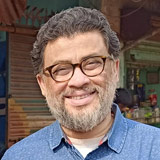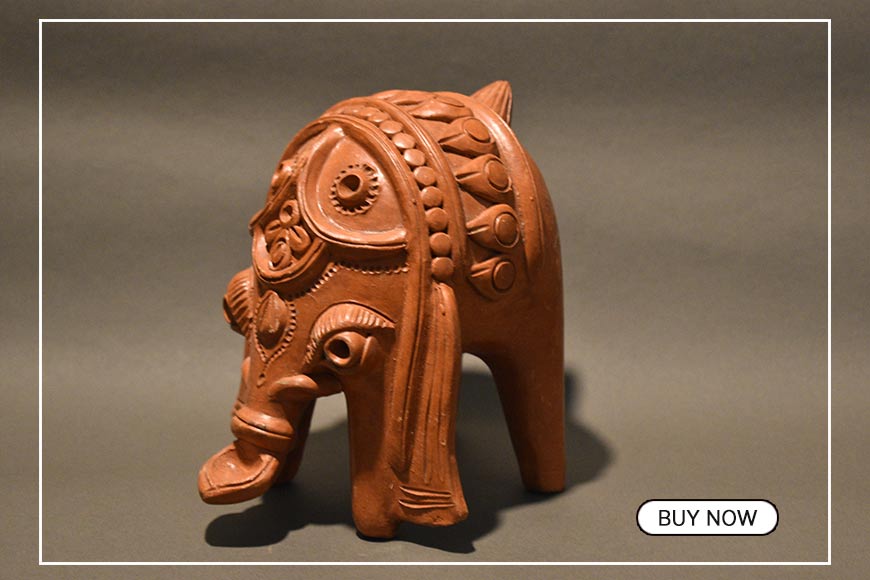‘Dada would say, a hungry stomach is perfect for creativity’
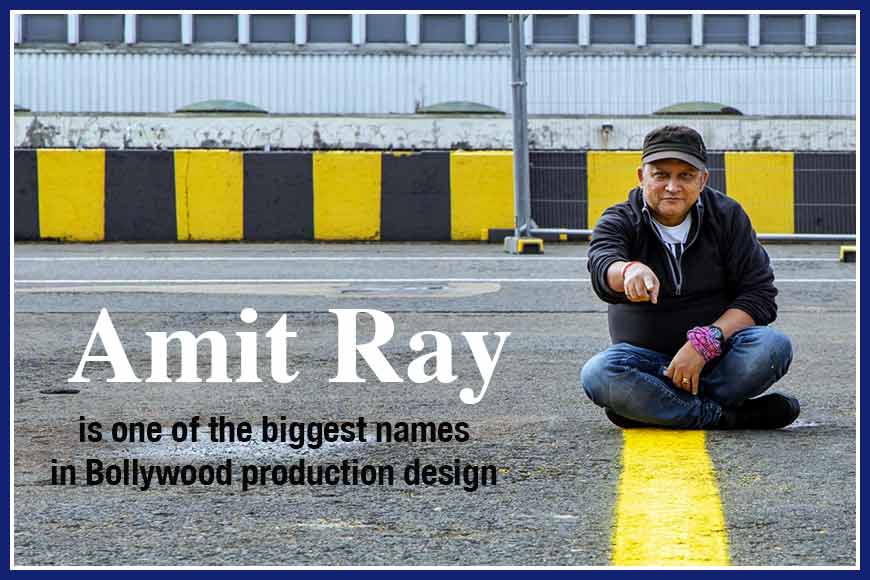
Amit Ray and Subrata Chakraborty - two Bengali stars in the world of Bollywood art direction and production design who have taken up where another Bengali, the duo’s mentor Samir Chanda, left off. With blockbusters such as Sadak 2 (2020), Chhapaak (2020), Raazi (2018), Padmaavat (2018), Rangoon (2017), Udta Punjab (2016), and Talvar (2015), to their credit to name just a few, the duo have had a long, fascinating journey through Bollywood. And they aren’t exactly unknown in Tollywood either. In the first of a two-part interview with Getbengal founder-editor Indrajit Sen, Amit Ray explains how the journey began:
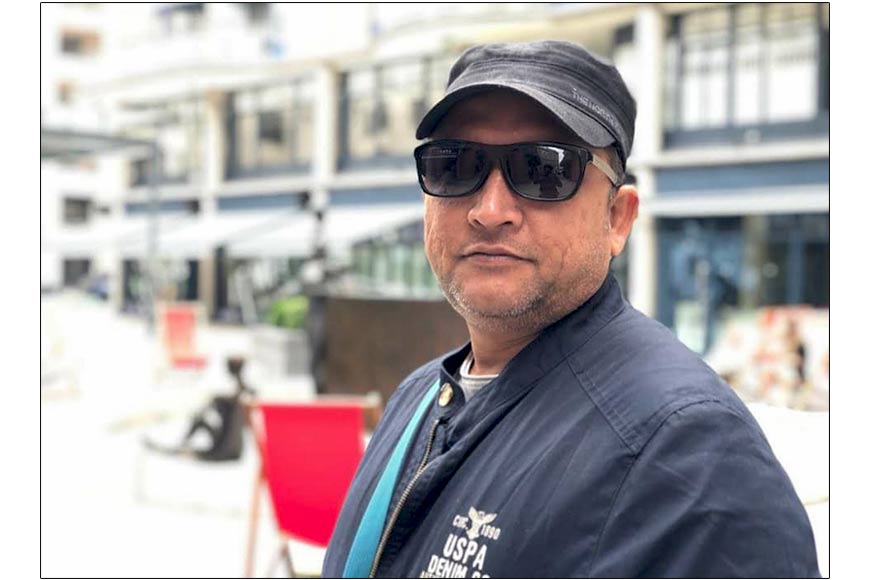 Amit Ray
Amit Ray
• Can you tell us a little bit about your journey from Indian Art College, Kolkata to Bollywood, including your ad agency days?
Because I was always a little ambitious, I wanted to travel outside for work. My father, who was a big influence on my life, got me admitted to art college, which used to be a big deal in those times. As soon as I graduated, I made my way to Mumbai, where my sister and brother-in-law lived. The initial days were a struggle as a newcomer, and after a while, though I joined Saatchi & Saatchi as a freelancer, my mind wasn’t in it really. A couple of years passed, I was making a modest amount of money, and the designation was decent too, but I wanted something more. Meanwhile, I had got married, and wasn’t really in a position to take risks in my career, particularly in a city like Bombay, but my wife was a source of great support, as she has always been.
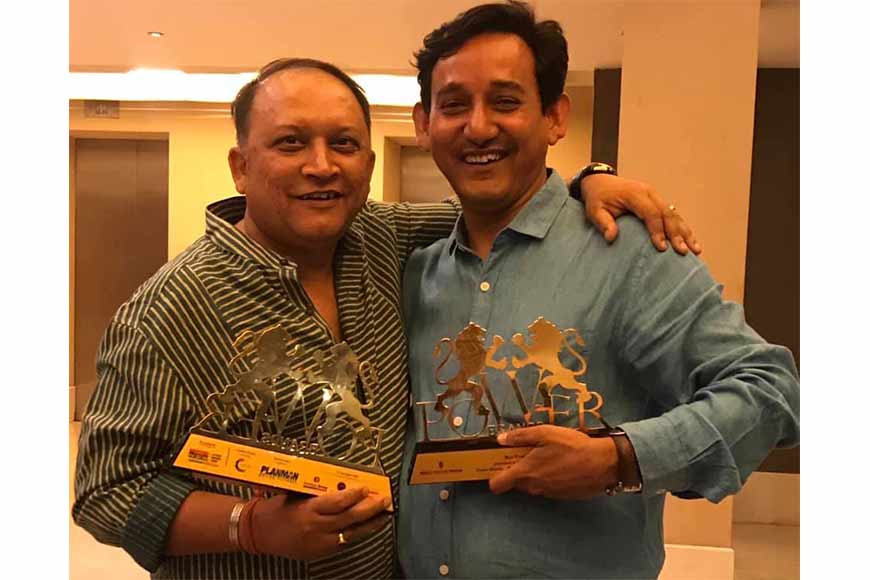 Amit Ray and Subrata Chakraborty
Amit Ray and Subrata Chakraborty
Perhaps it was my art college training that had given me the mind of a bohemian, but I wanted to do something bigger. I kept thinking, this isn’t why I’ve come all the way from Calcutta. My friends were all doctors and engineers, and my parents would have loved to see me in their ranks. But I was drawn to Bollywood, to which I had been introduced through my ad agency work. I knew nothing about art direction at all, as is usual for a boy from Calcutta, and my English was poor, so that even though I had had a solid grounding in literature and other creative arts, I would often find myself unable to express my thoughts. It was through a few art college friends that I finally met (celebrated art director) Samir Chanda, and the fact that I could even think of working with him was owing to the support my wife and family gave me.
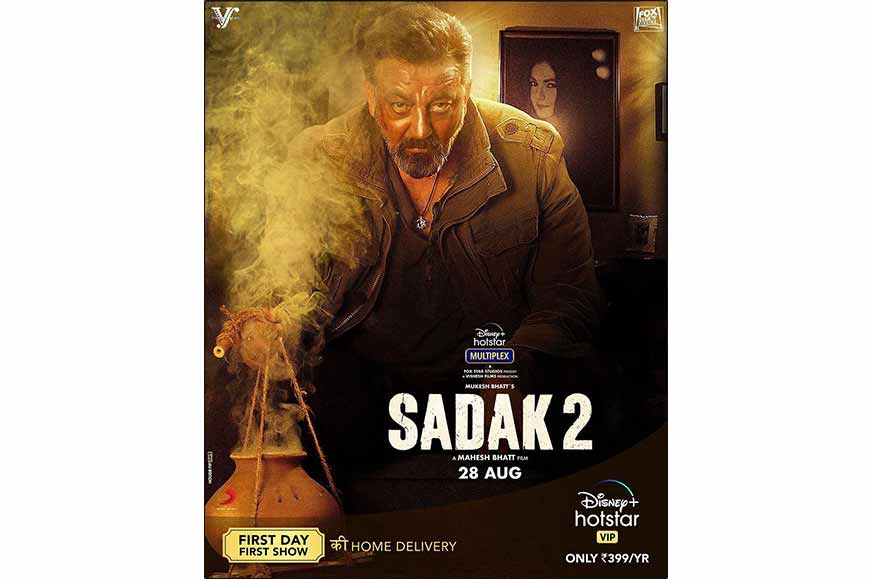
Well, Samir Chanda made me sweat it out with odd jobs for three whole years. There were many others, my seniors, waiting in line ahead of me. Dada (Chanda) was happy with my work, so he put me to work on a film of his - but as a designer! So instead of creating the sets, I was doing illustrations for posters and other such material. This wasn’t why I had left the ad agency, and worse, I had to live off my savings, and even ask my father for financial help.
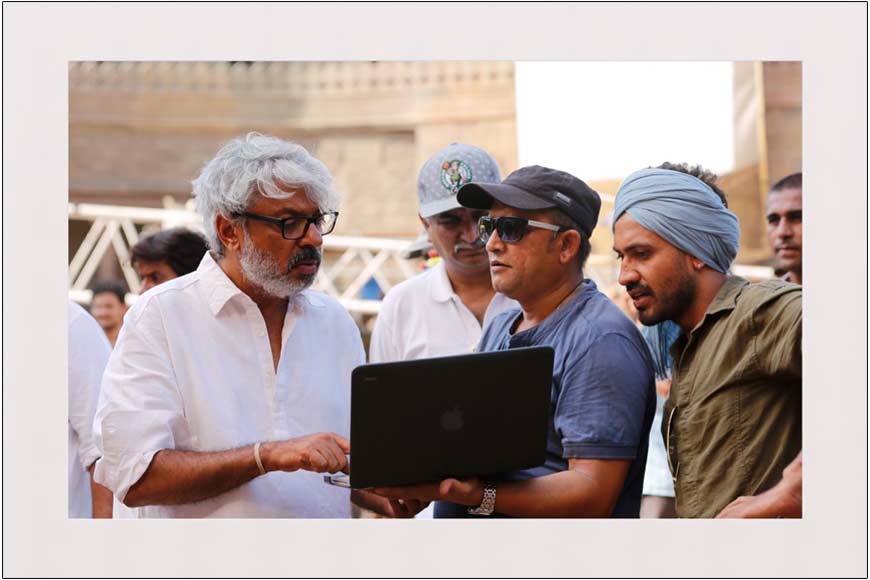 Amit Ray with Sanjay Leela Bhansali
Amit Ray with Sanjay Leela Bhansali
It was through a few art college friends that I finally met (celebrated art director) Samir Chanda, and the fact that I could even think of working with him was owing to the support my wife and family gave me.
• But those three years must have been a huge learning for you?
And where was I to display this learning? And what was I earning? Subrata and I were surviving on vada-pao, and sometimes samosas. Dada used to say, a ‘bhookha pet’ (hungry stomach) is best for creativity. All that time, he was testing us, seeing how far we could endure. He would do this for everyone. These days, the first thing a young employee will ask is, “What is the salary?” We were never able to ask this question. Those three years with Samir Chanda taught me a lot, because I did every kind of work possible, A to Z. I never went to a film set, true, but I learned things that art college will never teach you, such as presentation and design.
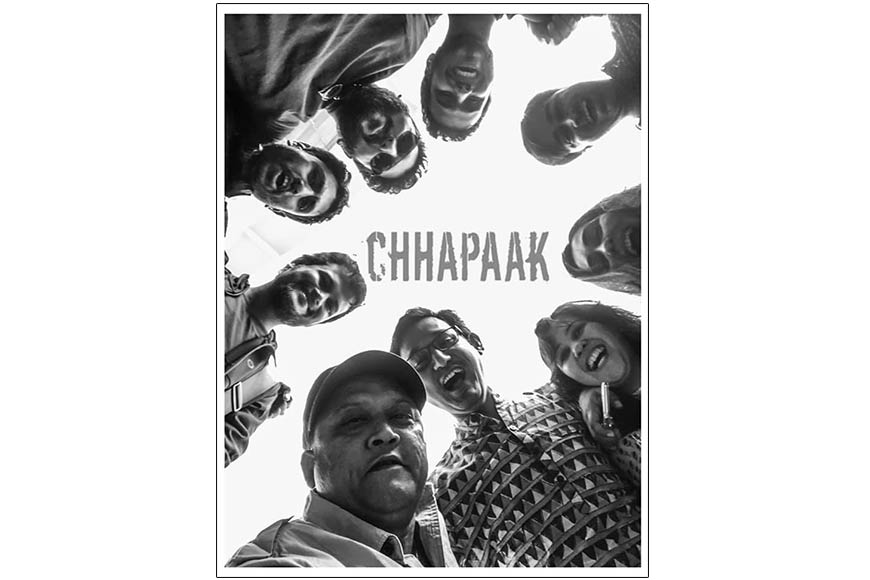
Subrata had joined Dada six months before me, and it was while working together that we formed a bond. We were roughly the same age, and strugglers together, working for the same pay that carpenters received! All of a sudden, we had a big break - Shyam Benegal’s ‘Netaji Subhas Chandra Bose: The Forgotten Hero’ (2004), for which Dada sent us to Kolkata to do all the research, the first time he had allowed us to work independently. It was also the first film in which our names featured on screen, and we had the experience of working with legends like Shyam Benegal and (screenplay writer) Shama Zaidi. Both of them praised our work, so you can imagine what that was like.
Dada used to call the two of us ‘Changu Mangu’, and say that if he told us to jump off a wall, we’d jump! We were that loyal to him.
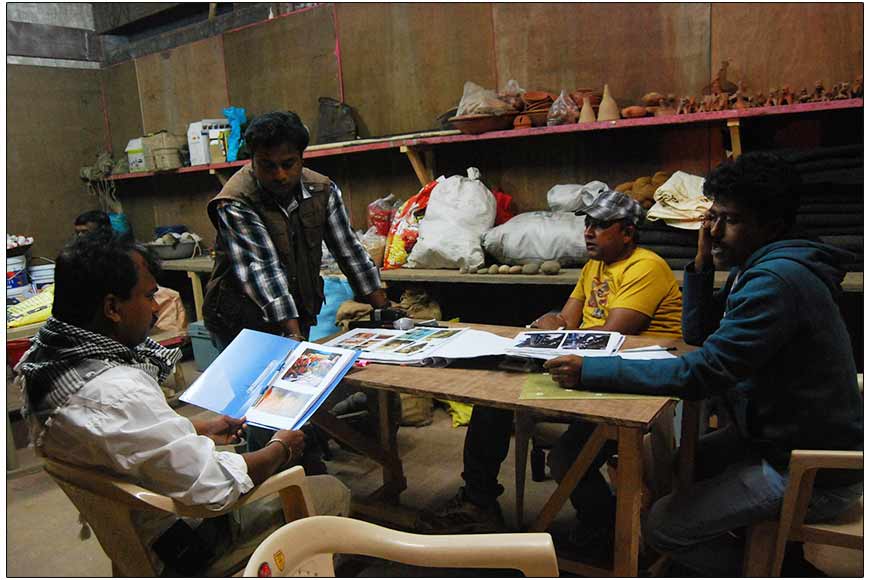 Masterminds at work
Masterminds at work
• Did independent assignments follow after ‘Netaji…?’
No no, not at all! Dada was simply testing our abilities. We continued to assist him several years, at the end of which we had become ‘seniors’ ourselves. But before that, Dada separated Subrata and me, saying we had learned enough, and were ready to go solo, under his supervision. I think ‘Rang De Basanti’ (2006) was the last film in which both of us worked together. Whatever we had acquired in terms of knowledge and expertise had come from Samir Chanda, particularly in my case. I stayed with him until his death in 2011, after which a separate journey began.
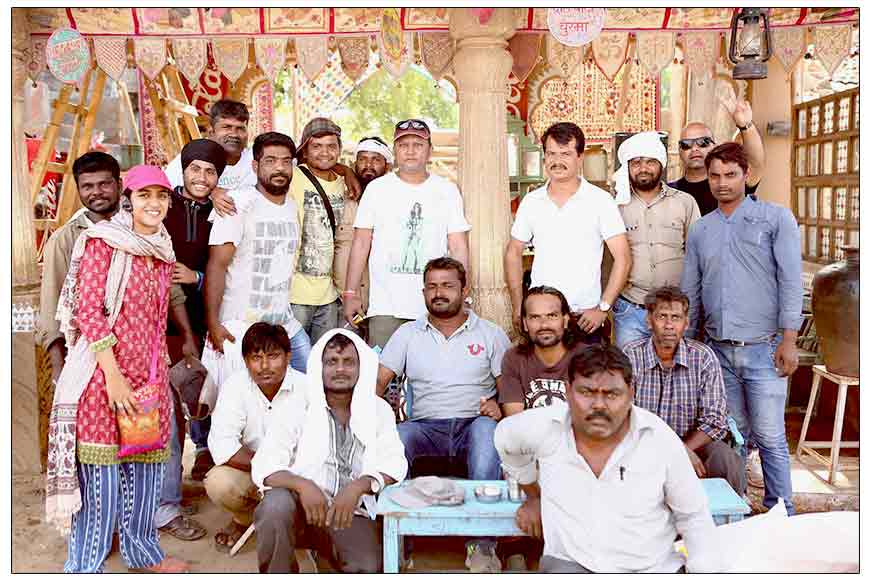 Nothing without a team
Nothing without a team
Subrata had joined Dada six months before me, and it was while working together that we formed a bond. We were roughly the same age, and strugglers together, working for the same pay that carpenters received! All of a sudden, we had a big break - Shyam Benegal’s ‘Netaji Subhas Chandra Bose: The Forgotten Hero’ (2004), for which Dada sent us to Kolkata to do all the research, the first time he had allowed us to work independently. It was also the first film in which our names featured on screen, and we had the experience of working with legends like Shyam Benegal and (screenplay writer) Shama Zaidi. Both of them praised our work, so you can imagine what that was like.
• Having worked in so many blockbusters, with popular directors, you have now reached a stage where directors now refuse to work unless they can have you on board. Now that you have spent two decades away from Kolkata, does it ever occur to you that you would also like to work with legendary directors of Bengali cinema?
The thing is, whenever I finished work on a Bollywood blockbuster, Dada would immediately send me off to work on a Bengali film by, say, a Buddhadeb Dasgupta or a Goutam Ghose. As an out and out Bengali, I have never outgrown the hold that Bengal still has over me. For example, the set for ‘Moner Manush’ (Goutam Ghose, 2010) was entirely my creation. So was the set for ‘Chittagong’ (Bedabrata Pain, 2012), which Dada was unable to commit to, so he sent me.
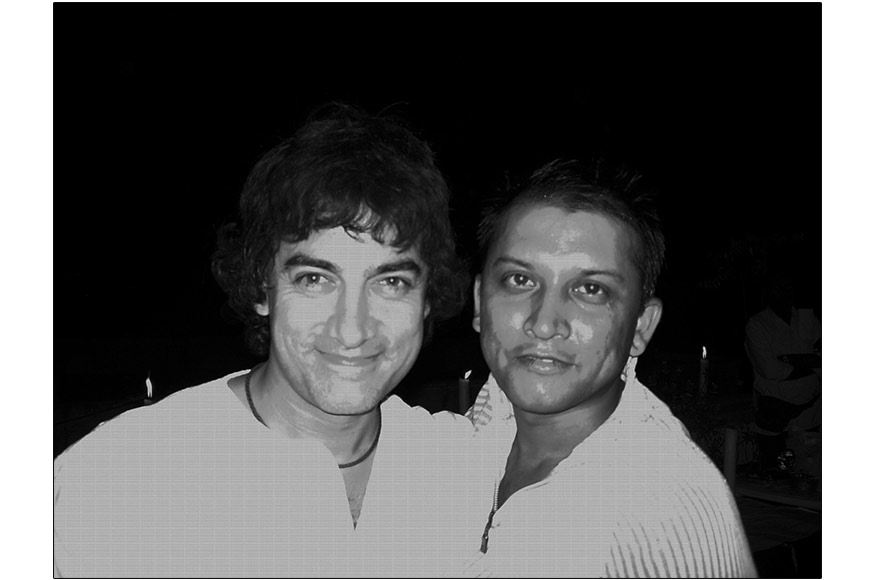 Ray and Aamir Khan
Ray and Aamir Khan
Working in Bollywood is a lavish affair in terms of budget, working in Kolkata is not. But Dada would say, think how you can create the best possible look on a tight budget. And I have always followed that, no matter how small the money. When I work in Bengal, I work from the heart. For the ‘Moner Manush’ set in Lataguri, the challenges were so stiff that I don’t even know how I got the job done. In Bombay, 100 suppliers are ready with whatever I need. But Lataguri is not Bombay, yet Goutamda wanted me to create an entire village!
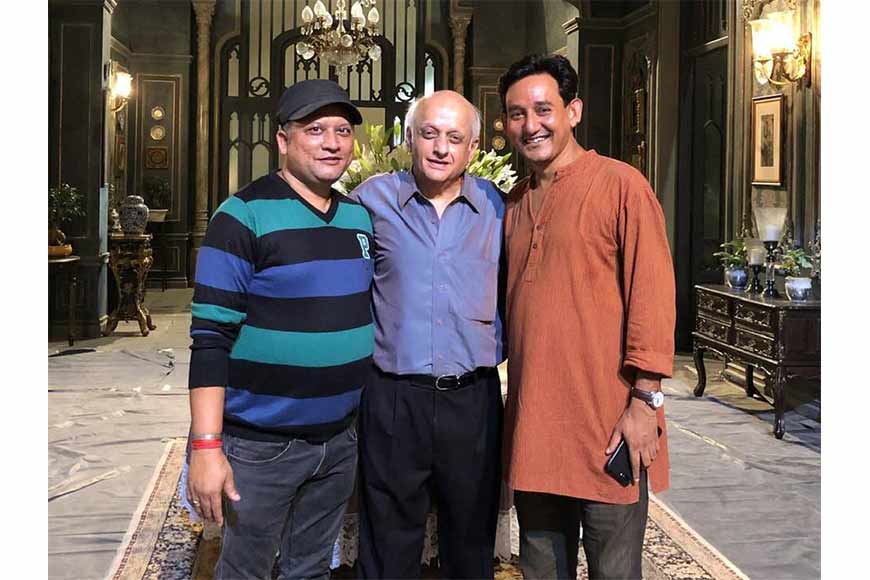 Ray and Subrata Chakraborty with Mahesh Bhatt
Ray and Subrata Chakraborty with Mahesh Bhatt
I would love to work more in Kolkata, and yet there is a huge ‘but’. After Dada’s death, Subrata and I came down to Kolkata, and stayed at my home in New Barrackpore. Money was so tight that I didn’t know how I would pay the EMI next month. We visited practically every director in Kolkata at the time, and everybody said how much they loved our work, and how they had respected Dada. Finally, we got two Raj Chakraborty serials - ‘Josh’ and ‘Nayika’. We did the job, and work began coming our way, but Bollywood was pulling us back, despite all its politics. Subrata was offered a Vishal Bhardwaj film, while I got a call from the South, where I had done a lot of work already. Having talked things through, we decided to go for Vishalji’s film, ‘Matru Ki Bijli Ka Mandola’ (2013).
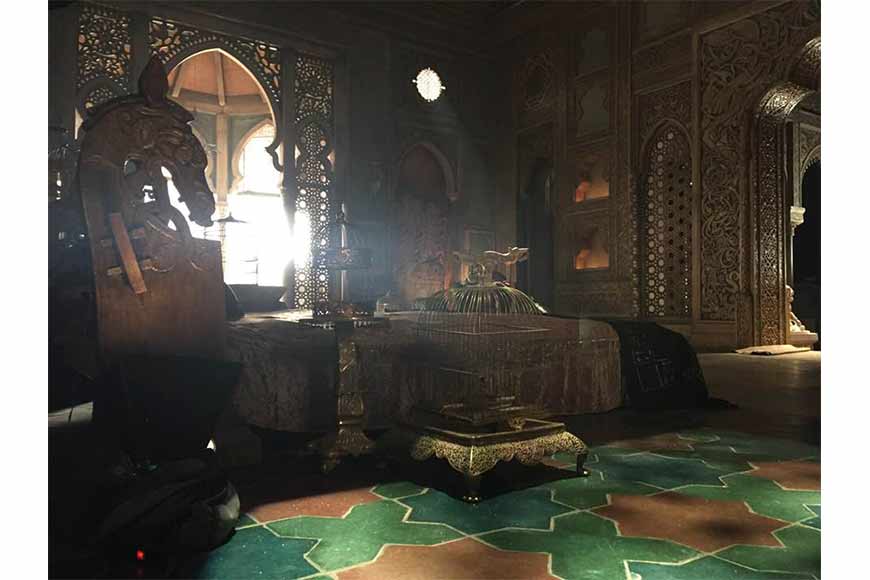 Set design
Set design
• Considering how research-oriented and detailed your work is, which director are you most comfortable with? Particularly since a lot of people now associate you with period films…
If you talk about research, the first name would be Dr Chandraprakash Dwivedi. I would call him a ‘gyan bhandar’, his knowledge and authenticity are unparalleled. You will realise when you see ‘Prithviraj’ (2020). In terms of visual splendour, it would obviously be Sanjay Leela Bhansali. He can visualise dreamscapes, it is a mystifying talent. We had turned down his ‘Gangubai Kathiawadi’ (2020), but he insisted that we do it!
(To be continued)







